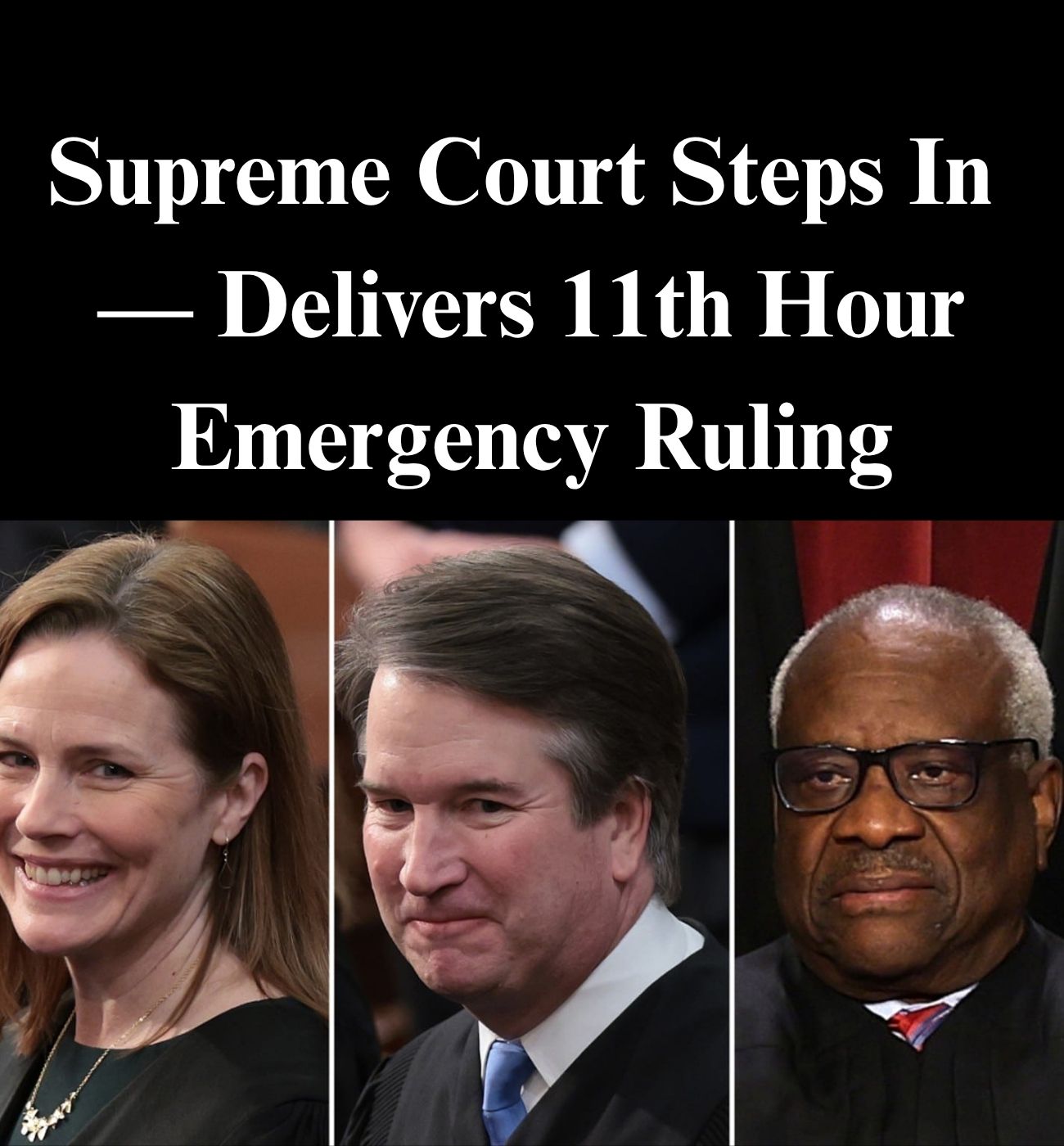The Supreme Court made it easier to bring claims of unreasonable force against police, ruling unanimously that courts should consider the circumstances surrounding the split-second moments when an officer fears for their safety in determining whether they can be tried for using unreasonable force.
The 6-3 ruling stems from a 2016 case in Texas. Ashtian Barnes, 24, was killed during a routine traffic stop, according to reports. He had been driving his girlfriend’s rental car, which had outstanding toll violations, when Officer Roberto Felix Jr. pulled him over.
Officer Felix Jr. asked Barnes to present his license and insurance, after which the car proceeded forward. Felix jumped onto the vehicle’s door sill and fired inside, striking Barnes twice and killing him.
The exchange turned deadly in mere seconds. The justices were asked to determine whether courts should consider the entire sequence of events during the traffic stop or focus solely on the moment when Felix feared for his safety in evaluating an excessive force claim.
The high court ruled that the so-called “moment of the threat” doctrine shouldn’t be applied in such instances, instead directing courts to review the “totality of the circumstances.”
“To assess whether an officer acted reasonably in using force, a court must consider all the relevant circumstances, including facts and events leading up to the climactic moment,” Justice Elena Kagan wrote in the majority opinion. Justice Brett Kavanaugh wrote a concurring opinion, which was joined by Justices Clarence Thomas, Samuel Alito, and Amy Coney Barrett.
The Supreme Court has been busy since beginning its new term in October.
President Donald Trump on Friday asked the U.S. Supreme Court to allow him to deploy National Guard troops to Illinois, escalating a high-stakes legal fight over presidential authority to use military forces to quell an organized domestic uprising against federal law enforcement.
The administration’s emergency appeal follows rulings by a federal district judge and an appellate panel that temporarily blocked the deployment of roughly 700 Guard troops — 300 from Illinois and 400 from Texas — to the Chicago area.
In a filing to the Court, Solicitor General D. John Sauer urged the justices to intervene, arguing that the president’s order was lawful under federal statutes that permit the use of the Guard when “rebellion” or “obstruction” prevents enforcement of U.S. law.
Sauer said the situation around a U.S. Immigration and Customs Enforcement (ICE) facility in Broadview, Ill., meets that standard.
The dispute centers on Trump’s use of Section 12406 of Title 10 of the U.S. Code, which allows the president to federalize a state’s National Guard when civil authorities are unable or unwilling to enforce federal law. The administration says that provision justifies the move, while Illinois officials argue it amounts to an unconstitutional use of military force within state borders.
U.S. District Judge April Perry, a Biden appointee, rejected Trump’s rationale earlier this month, ruling that “no substantial evidence of rebellion” or obstruction existed in Illinois.
The 7th U.S. Circuit Court of Appeals largely upheld her decision, saying that while the president may call up Guard troops, he cannot deploy them without clear proof that state authorities cannot maintain order.
Sauer said the lower courts “indefensibly minimized” the risks faced by immigration officers and failed to show proper deference to the president’s national security authority. He asked the justices to stay the injunction “to prevent further endangerment of federal personnel.”
The Supreme Court gave Illinois and Chicago until Monday to respond to the government’s request.
Illinois officials, joined by the city of Chicago, sued to block the deployment last week, arguing that the president was improperly invoking emergency powers to override state control of its National Guard.
Tensions have risen outside the ICE facility in Broadview, where federal officials say several demonstrations have turned violent.
The administration maintains that local officials in several Democratic-led states have “failed to maintain public order” near federal facilities, forcing Washington to act.
“When state and local authorities refuse to protect federal employees and property, the Constitution requires the president to ensure the laws are faithfully executed,” Sauer said.
The Supreme Court has not yet indicated whether it will take up the case or issue an emergency order.
